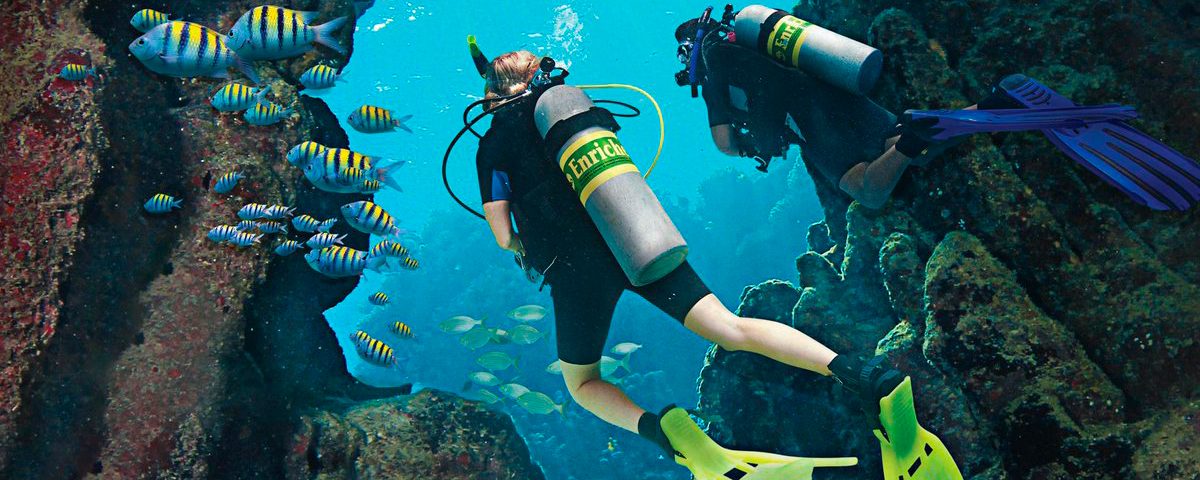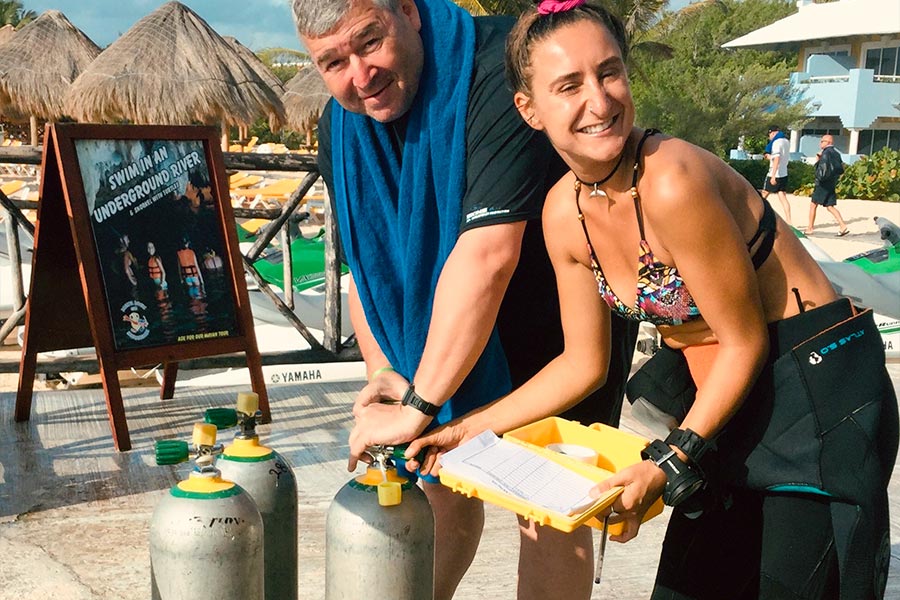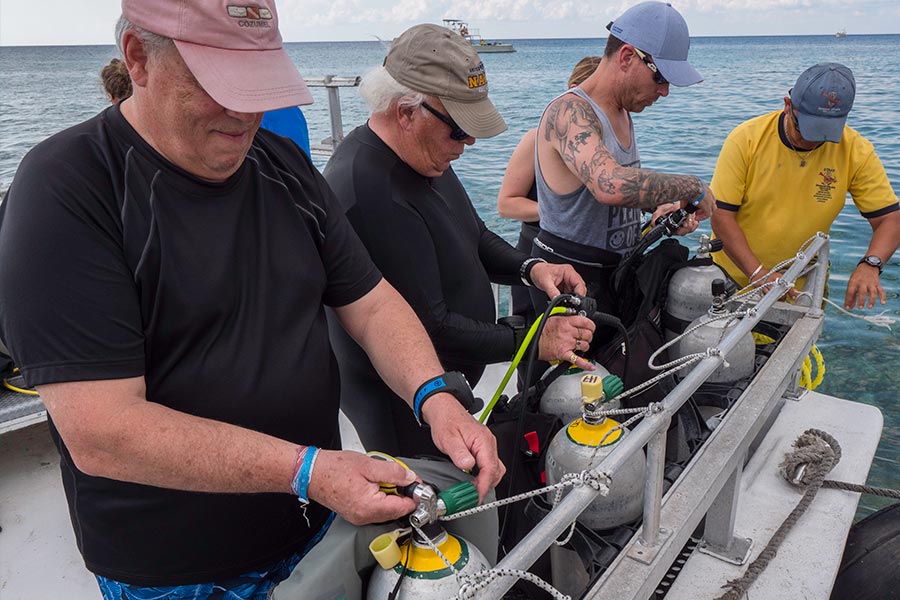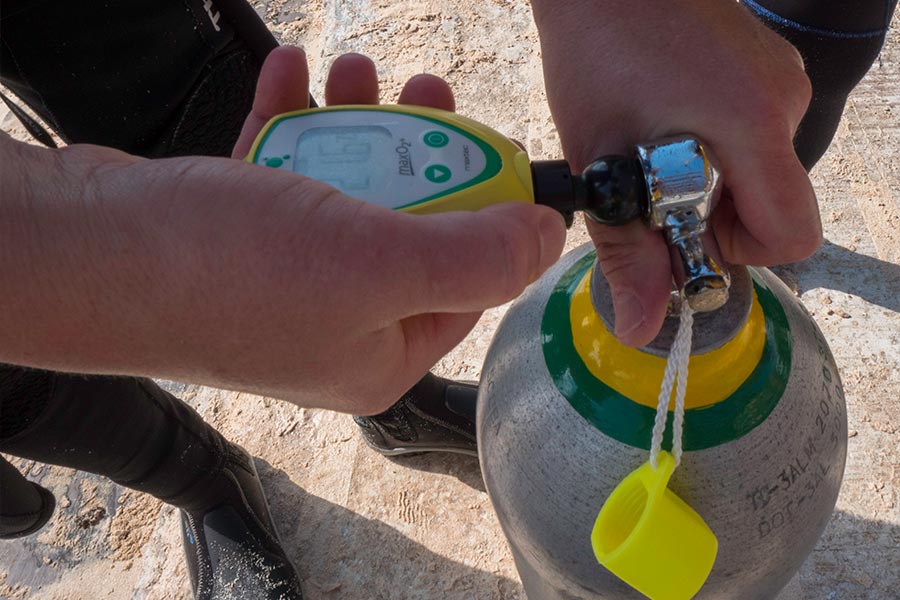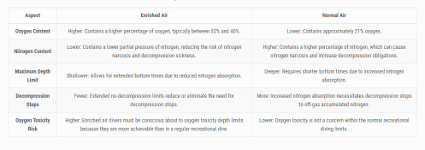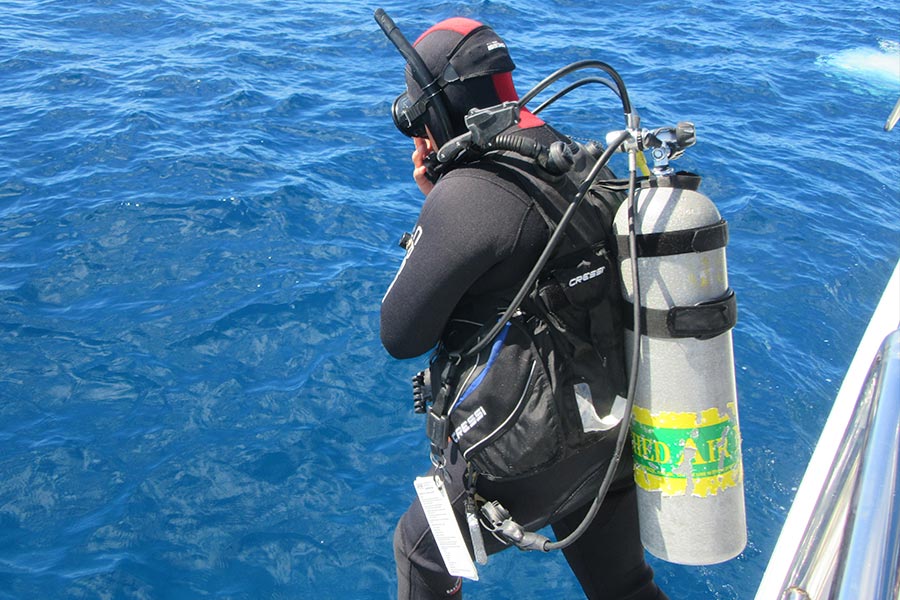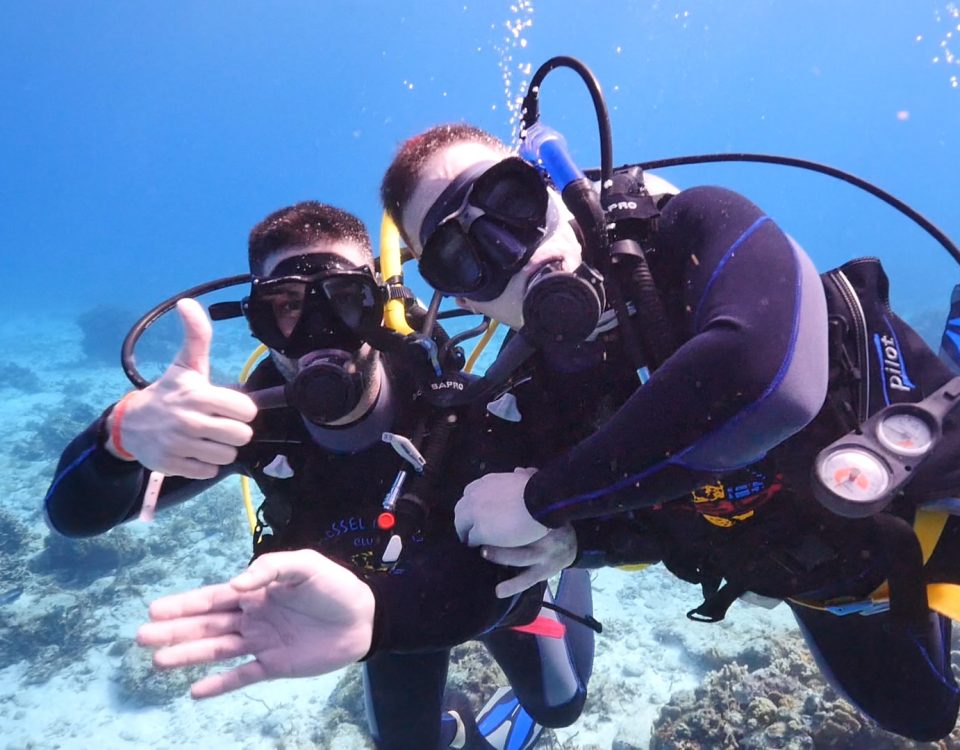Well, get ready, because you’re about to learn how to make that a reality. The Enriched Air Certification is your ticket to a new world of underwater possibilities. But be warned: once you dive into this, there’s no turning back.
In this article, we’re not just giving you the lowdown on Nitrox and how to get your Enriched Air Diver Certification. We’re going to show you why more and more divers are jumping on this trend. If you’re already a certified diver and want to increase your bottom time, reduce post-dive fatigue, and elevate your diving experience, then the Enriched Air Nitrox Certification is the next step. But is it really that beneficial? Keep reading, and we’ll reveal all the details.
The SSI, SDI or PADI Enriched Air Certification is one of the most popular recreational diving specialties. You’ll learn how to dive with enriched air (EANx), which contains more oxygen than regular air. Did you know that with an Enriched Air Nitrox Certification, you can spend more time exploring the ocean depths? Plus, you’ll reduce post-dive fatigue and optimize your diving experience. More and more divers are becoming Enriched Air Divers, and for good reason. If you haven’t taken the plunge yet, now’s the perfect time.
In this article, you’ll learn everything you need to know about the Nitrox certification process, how to find the best online Nitrox course or the nearest Nitrox certification, and why taking a Enriched Air course could be the best decision for leveling up your diving game.




